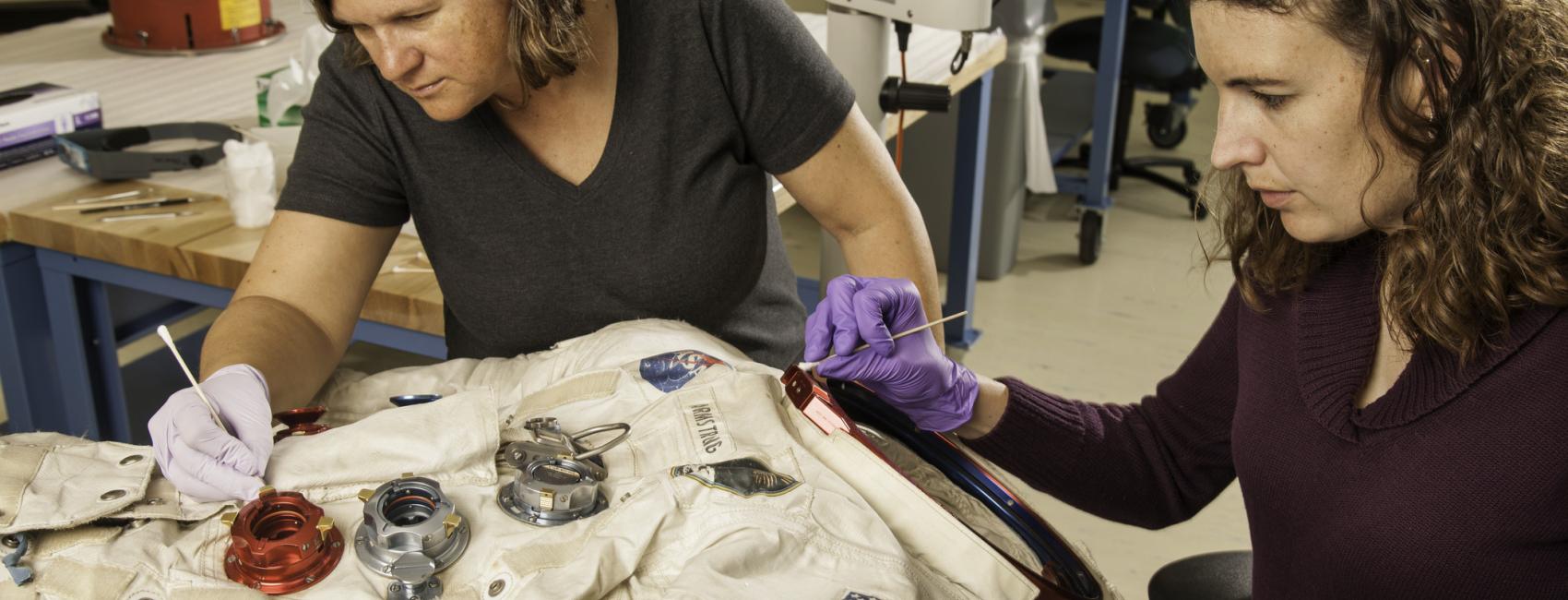
Underground Cities
Apr 06, 2017

Apr 06, 2017
After the first few months of the war, a relatively mobile conflict settled into the now infamous trench warfare experience so powerfully identified with World War I. Integrated with the trench system were other underground spaces soldiers inhabited for extended periods. These caves, the result of centuries of stone quarrying, were mini cities beneath the surface.
They were wired for electric lighting and communications equipment, and had other infrastructure for long-term occupancy. Beyond basic beds and furniture, the spaces had command centers, post offices, altars for religious services, even small theaters the soldiers used to create their own entertainment.
Over a period of several years photographer Jeff Gusky made numerous excursions into a forgotten world of underground WWI soldiers' living spaces and documented the stone carvings of the soldiers with high-end art photography. The mini cities beneath the surface were wired for electric lighting and communications equipment, and had other infrastructure for long-term occupancy.
Over a period of several years, photographer Jeff Gusky made numerous excursions into a forgotten world of underground WWI soldiers' living spaces and documented the stone carvings of the soldiers with high-end art photography. This is an example of some of that artwork.
Over a period of several years, photographer Jeff Gusky made numerous excursions into a forgotten world of underground WWI soldiers' living spaces and documented the stone carvings of the soldiers with high-end art photography. This is an example of some of that artwork.
Over a period of several years, photographer Jeff Gusky made numerous excursions into a forgotten world of underground WWI soldiers' living spaces and documented the stone carvings of the soldiers with high-end art photography. This is an example of some of that artwork.
Many artifacts of the soldiers’ life underground remain. Preservation is of the highest importance to the private landowners on whose property these sites are located. They work collectively to document and protect these historic spaces.
Many artifacts of the soldiers’ life underground remain. Preservation is of the highest importance to the private landowners on whose property these sites are located. They work collectively to document and protect these historic spaces.
Over a period of several years, photographer Jeff Gusky made numerous excursions into a forgotten world of underground WWI soldiers' living spaces and documented the stone carvings of the soldiers with high-end art photography. This is an example of some of that artwork.
Over a period of several years, photographer Jeff Gusky made numerous excursions into a forgotten world of underground WWI soldiers' living spaces and documented the stone carvings of the soldiers with high-end art photography. This is an example of some of that artwork.
Photographs by Jeff Gusky

We rely on the generous support of donors, sponsors, members, and other benefactors to share the history and impact of aviation and spaceflight, educate the public, and inspire future generations. With your help, we can continue to preserve and safeguard the world’s most comprehensive collection of artifacts representing the great achievements of flight and space exploration.
We rely on the generous support of donors, sponsors, members, and other benefactors to share the history and impact of aviation and spaceflight, educate the public, and inspire future generations. With your help, we can continue to preserve and safeguard the world’s most comprehensive collection of artifacts representing the great achievements of flight and space exploration.